Why is a Rook Called a Rook
Por um escritor misterioso
Last updated 07 novembro 2024

Do you know what a rook is? Have you wondered why is a rook called a rook? Learn all about the history of one of the most powerful pieces in the game of chess: the rook.
What Is A Rook? The Rook, also known as Castle, is one of the major pieces in the game of chess. This particular piece can only move horizontally (side to side) or vertically (forward or backward). They are able to move any number of squares within the board as long as it is on a straight line. However, it is important to note that, unlike the knight, a rook cannot jump over an existing chess piece occupying a square; unless the situation will allow it to attack or push an opponent piece off the board. Every chess set has two rooks positioned right behind the left-most and right-most pawns, on both ends of the board. The reason the rook is considered a major piece in chess because it has the ability to force a checkmate to an enemy king without the assistance of other pieces. Rooks are also deemed to be a powerful piece because they are known to play a significant role in many foundational chess strategy endgames. The King’s Castle In many ways, the game of chess reminds us of medieval times of Kings, Queens, and Knights. The rook is no exception. Just looking at it brings up images of old castles. In fact, there is one special move in the game, where King and Rook trade places. Well, sort of. This move is called castling, and what better reminder of the symbol of the rook could there be than this very word? The Germans call this chess piece Turm, which means tower. White and Black rooks start out at the corners of the chessboard. This starting position makes it a little difficult for them to get to the centre of the board, where most of the initial activity of the game takes place. And typically, the first combat actions in a chess game are between pawns, knights and bishops, and sometimes Her Majesty the Queen herself mingles in. Rooks have a way of waiting in the wings a little bit; they are at their strongest when the material on the board is thinning out and the game enters its final phase, also called the end game. The reason for this lies in its horizontal and vertical movement capability. When the board is full of chess pieces, there is not much open space for a rook to utilise. But when the board empties out, it often takes just one jump for a rook to get deep into enemy territory, causing pain and havoc among the enemy troops. Why is a Rook Called a Rook? It is widely believed that one of the earliest forms of chess is a game called Shatranj, with origins in the Middle Eastern regions. Shatranj consists of more or less the same pieces that make up the chess game, with only slight variations in terms of specific moves. In this particular game, there is a piece called “ratha”, the Sanskrit word for “chariot”. This only solidifies the theory of Shatranj being a precursor to the modern-day game of chess since both represent the game of war. When the game Shatranj found its way to Persia, the locals, not being Sanskrit speakers, called the “ratha” a “rukh” which also means chariot in their native language. This is pronounced similarly to “rook”. Why is a Castle Called a Rook? The right question to ask is why the rook is also called a castle. Going back to its history as part of the game Shatranj, the piece remained to be a chariot since no castles were part of Persia until the 11th century when they began to acquire certain territories in the Southern areas of Europe. The conquered regions also began to learn the game, but eventually evolved into new pieces to fit their audience and culture. This is how the rook also became known as the castle.
What Is A Rook? The Rook, also known as Castle, is one of the major pieces in the game of chess. This particular piece can only move horizontally (side to side) or vertically (forward or backward). They are able to move any number of squares within the board as long as it is on a straight line. However, it is important to note that, unlike the knight, a rook cannot jump over an existing chess piece occupying a square; unless the situation will allow it to attack or push an opponent piece off the board. Every chess set has two rooks positioned right behind the left-most and right-most pawns, on both ends of the board. The reason the rook is considered a major piece in chess because it has the ability to force a checkmate to an enemy king without the assistance of other pieces. Rooks are also deemed to be a powerful piece because they are known to play a significant role in many foundational chess strategy endgames. The King’s Castle In many ways, the game of chess reminds us of medieval times of Kings, Queens, and Knights. The rook is no exception. Just looking at it brings up images of old castles. In fact, there is one special move in the game, where King and Rook trade places. Well, sort of. This move is called castling, and what better reminder of the symbol of the rook could there be than this very word? The Germans call this chess piece Turm, which means tower. White and Black rooks start out at the corners of the chessboard. This starting position makes it a little difficult for them to get to the centre of the board, where most of the initial activity of the game takes place. And typically, the first combat actions in a chess game are between pawns, knights and bishops, and sometimes Her Majesty the Queen herself mingles in. Rooks have a way of waiting in the wings a little bit; they are at their strongest when the material on the board is thinning out and the game enters its final phase, also called the end game. The reason for this lies in its horizontal and vertical movement capability. When the board is full of chess pieces, there is not much open space for a rook to utilise. But when the board empties out, it often takes just one jump for a rook to get deep into enemy territory, causing pain and havoc among the enemy troops. Why is a Rook Called a Rook? It is widely believed that one of the earliest forms of chess is a game called Shatranj, with origins in the Middle Eastern regions. Shatranj consists of more or less the same pieces that make up the chess game, with only slight variations in terms of specific moves. In this particular game, there is a piece called “ratha”, the Sanskrit word for “chariot”. This only solidifies the theory of Shatranj being a precursor to the modern-day game of chess since both represent the game of war. When the game Shatranj found its way to Persia, the locals, not being Sanskrit speakers, called the “ratha” a “rukh” which also means chariot in their native language. This is pronounced similarly to “rook”. Why is a Castle Called a Rook? The right question to ask is why the rook is also called a castle. Going back to its history as part of the game Shatranj, the piece remained to be a chariot since no castles were part of Persia until the 11th century when they began to acquire certain territories in the Southern areas of Europe. The conquered regions also began to learn the game, but eventually evolved into new pieces to fit their audience and culture. This is how the rook also became known as the castle.
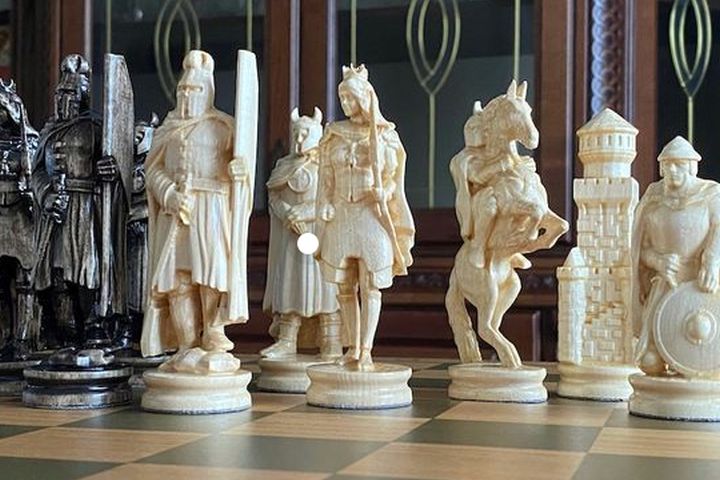
The names of chess pieces

Rook - eBird

Rook Bird Facts (Corvus frugilegus)
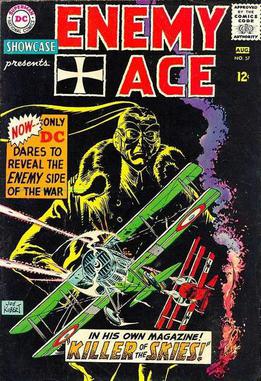
Why is a castle called a rook? - Chess Forums - Page 9

Rook - Sentinel Of The Farmlands

Corvid of the month: Rooks
Why is the rook called a 'rook' in chess? Every other piece has a name that's a common English word and which the piece schematically looks like. (And 'castle' is deprecated.)
(r+mb%20id@1024).jpg)
Image-of-the-Day by Subject
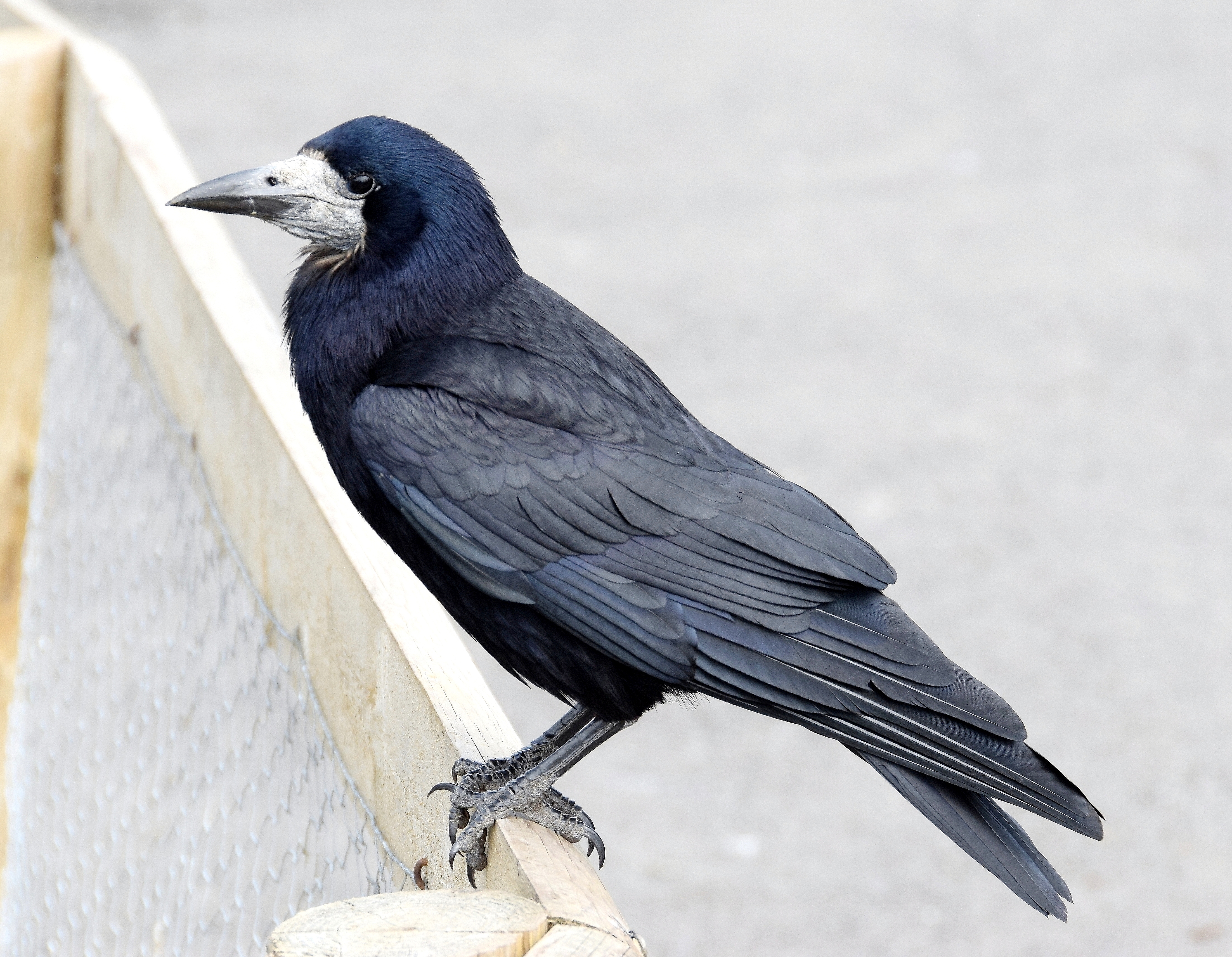
Rook (bird) - Wikipedia
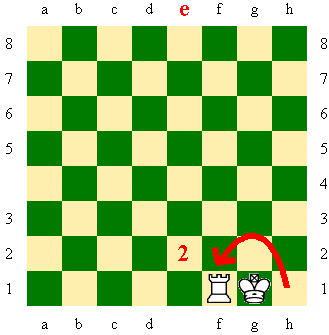
Chess Castling, Chess Castling Rule
Petition to Change the Rooks from Towers to Chariots : r/AnarchyChess
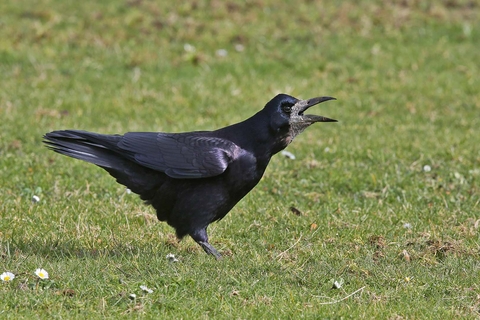
Rook The Wildlife Trusts
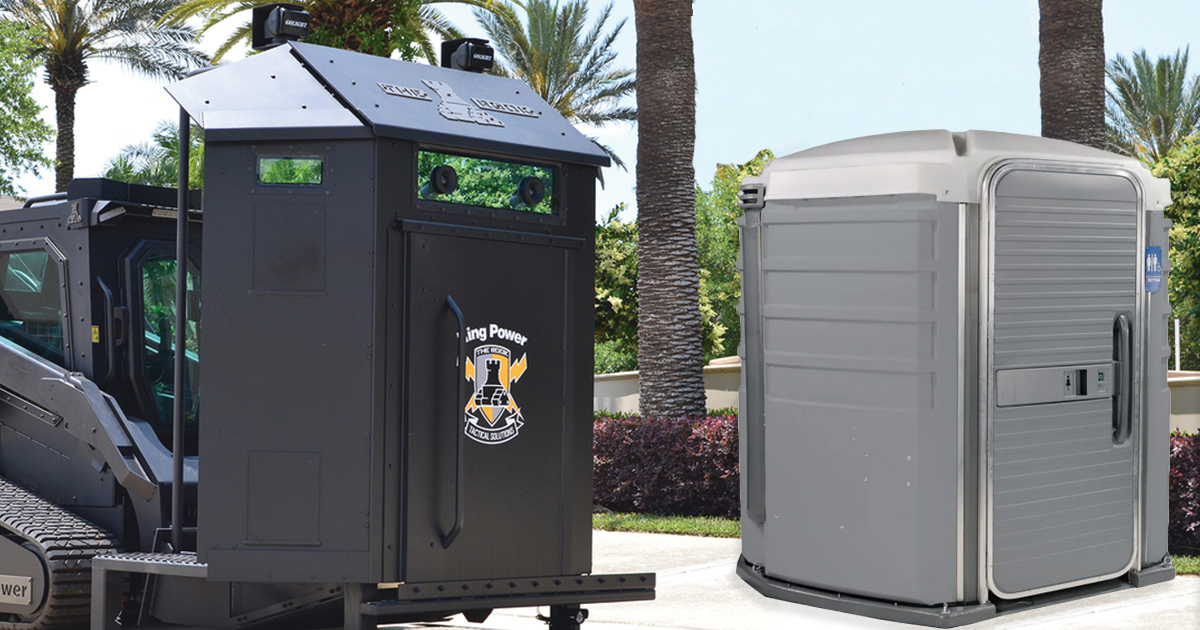
Florida police buys 'The Rook' armored vehicle - Task & Purpose

Two-Horned 'Rook' Might Be the Oldest Chess Piece on Earth
Recomendado para você
-
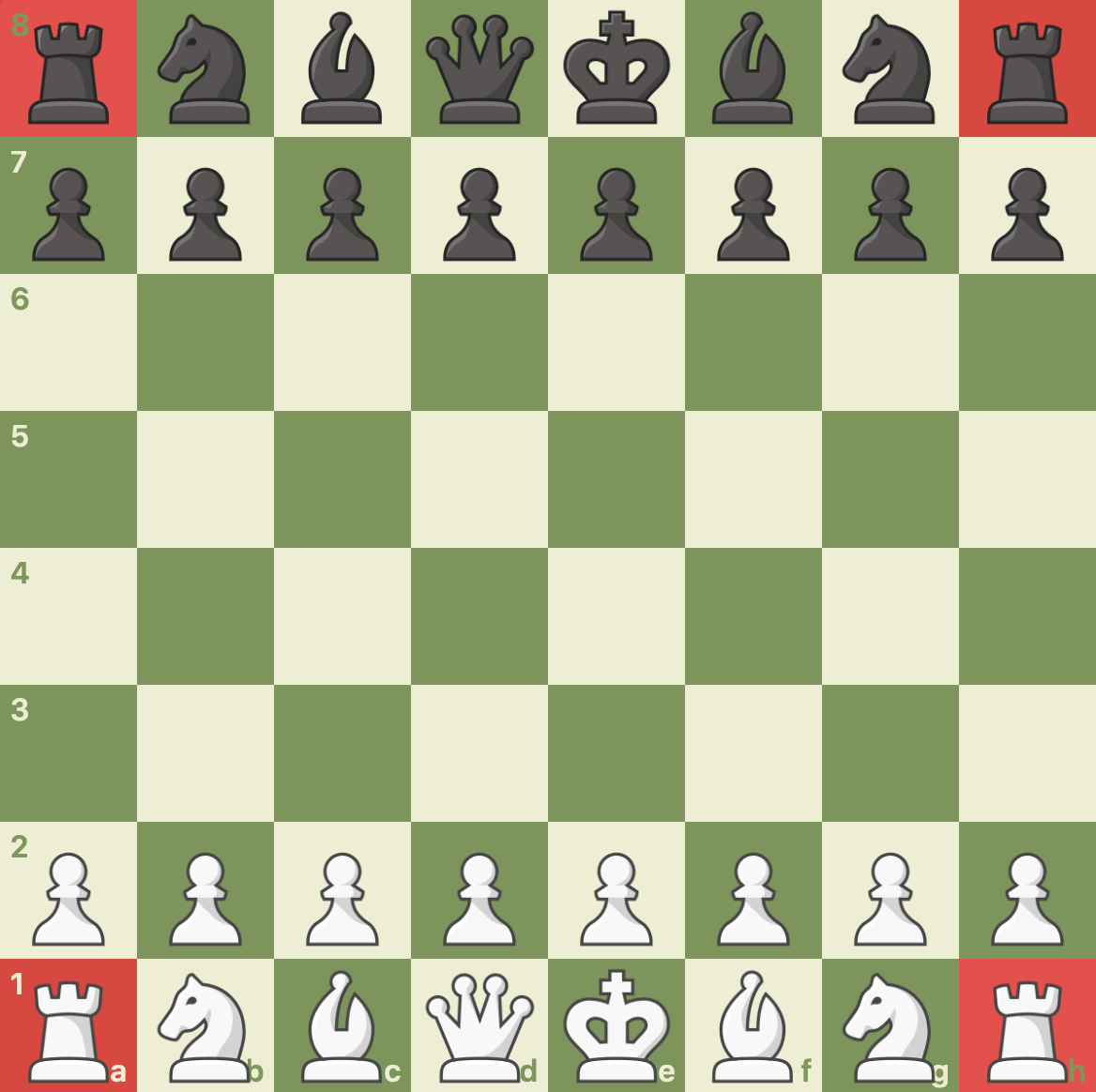 Rook - Chess Terms07 novembro 2024
Rook - Chess Terms07 novembro 2024 -
 MegaChess 9 Inch Light Plastic Rook Giant Chess Piece07 novembro 2024
MegaChess 9 Inch Light Plastic Rook Giant Chess Piece07 novembro 2024 -
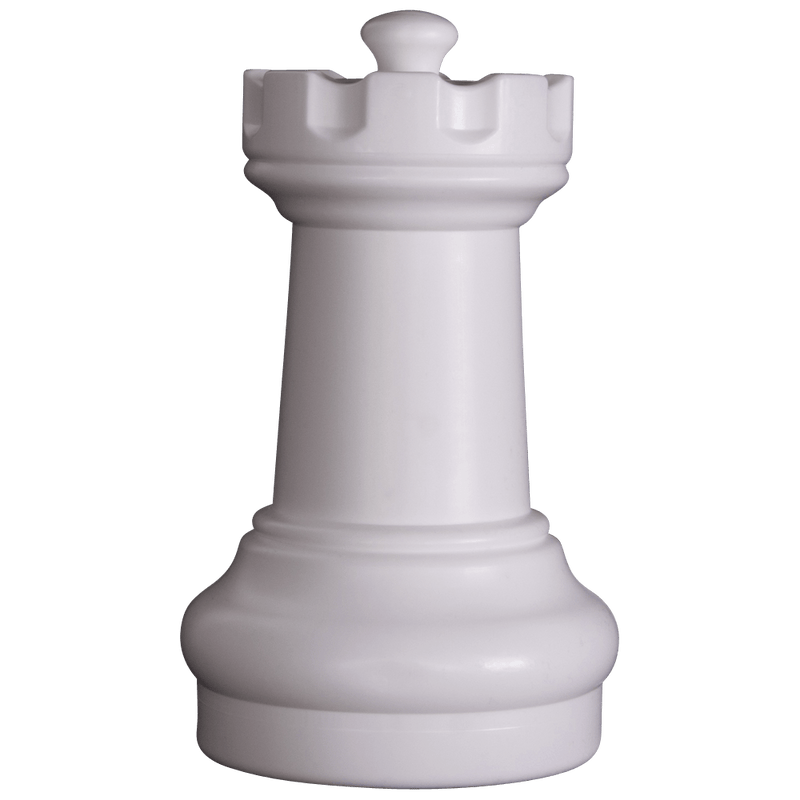 MegaChess 10 Inch Light Plastic Rook Giant Chess Piece07 novembro 2024
MegaChess 10 Inch Light Plastic Rook Giant Chess Piece07 novembro 2024 -
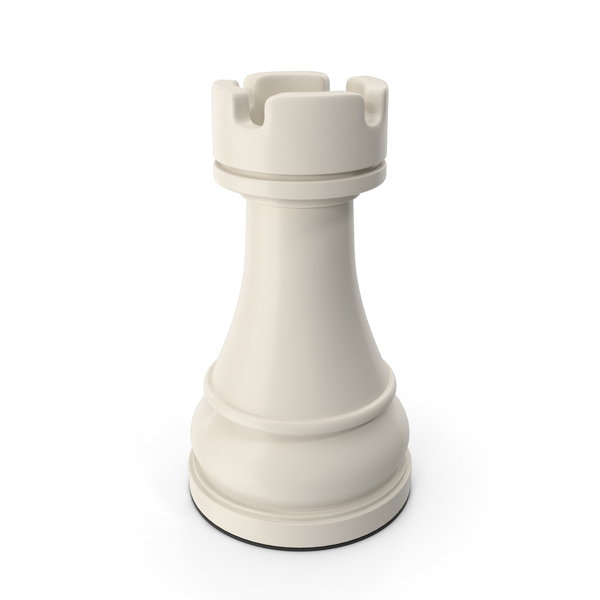 White Rook Chess PNG Images & PSDs for Download07 novembro 2024
White Rook Chess PNG Images & PSDs for Download07 novembro 2024 -
 The Positional Rook Lift07 novembro 2024
The Positional Rook Lift07 novembro 2024 -
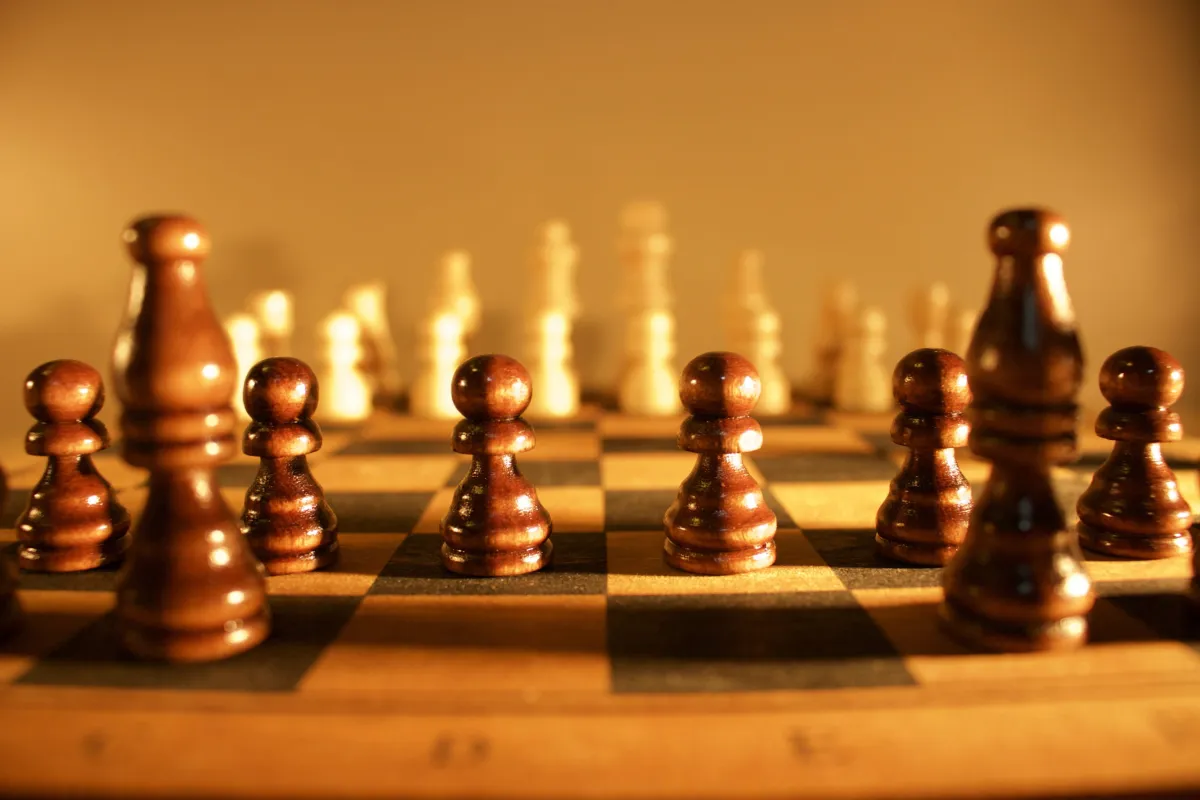 Why are rooks better than bishops in chess? - Dot Esports07 novembro 2024
Why are rooks better than bishops in chess? - Dot Esports07 novembro 2024 -
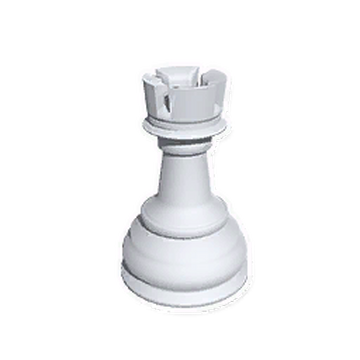 Chess Rook, Garden Paws Wiki07 novembro 2024
Chess Rook, Garden Paws Wiki07 novembro 2024 -
 How To Use Your Pieces Tactically: The Rook07 novembro 2024
How To Use Your Pieces Tactically: The Rook07 novembro 2024 -
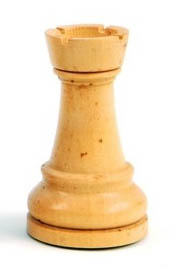 Castles in Chess: Chess Rooks07 novembro 2024
Castles in Chess: Chess Rooks07 novembro 2024 -
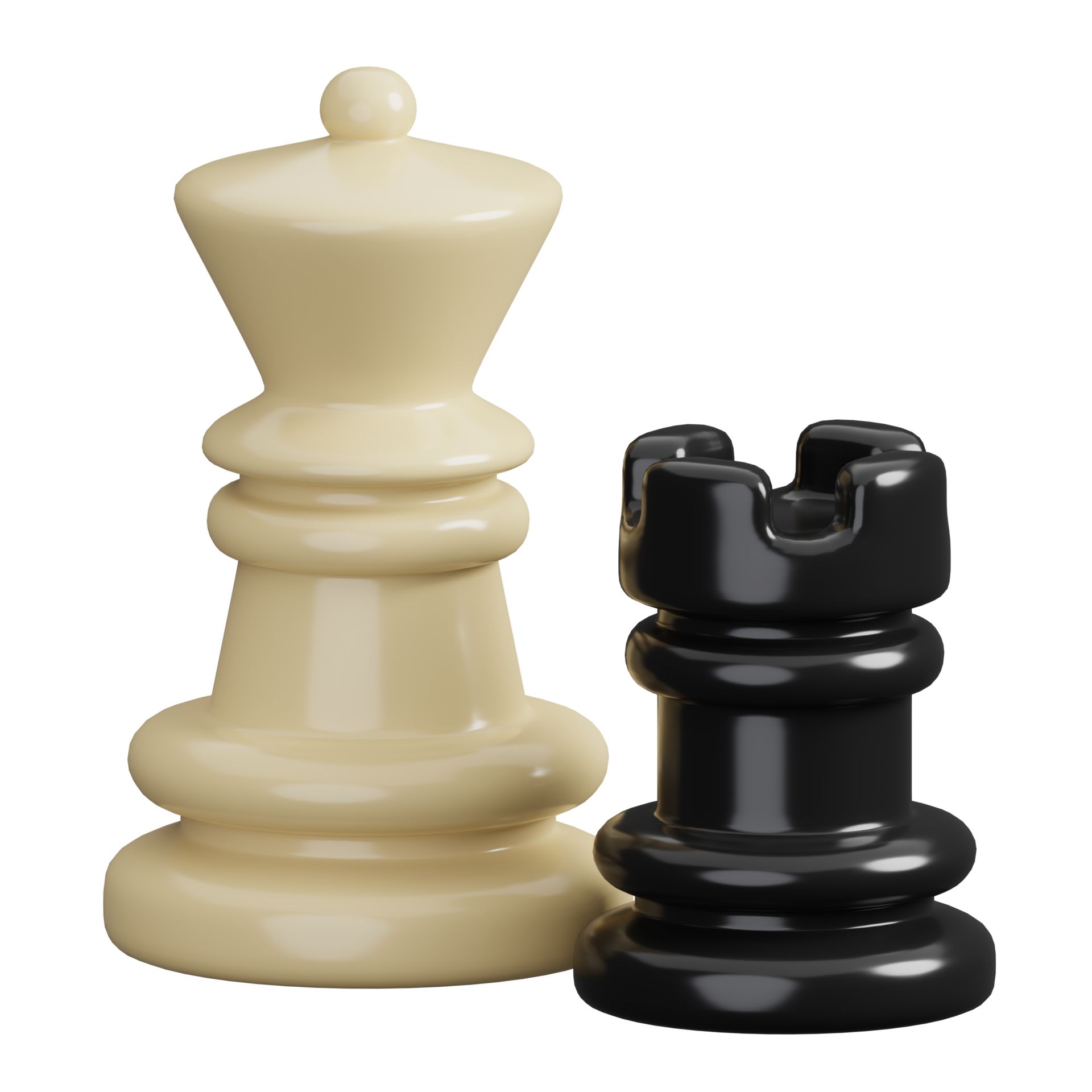 Queen and rook chess pieces isolated. Sports, fitness and game symbol icon. 3d Render illustration. 27314378 PNG07 novembro 2024
Queen and rook chess pieces isolated. Sports, fitness and game symbol icon. 3d Render illustration. 27314378 PNG07 novembro 2024
você pode gostar
-
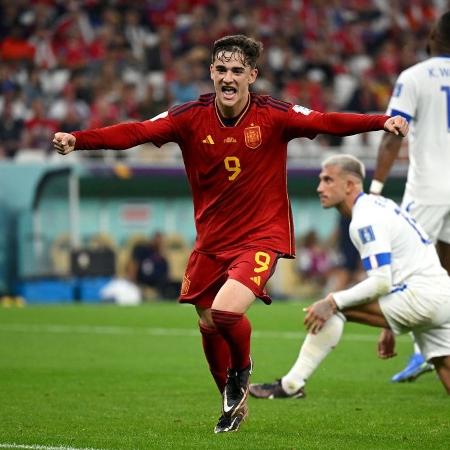 Perrone: Em goleada, Espanha mostra o futebol mais bonito da Copa07 novembro 2024
Perrone: Em goleada, Espanha mostra o futebol mais bonito da Copa07 novembro 2024 -
 Make Your Own Escape Room Challenge for Kids (FREE Printable) - The Activity Mom07 novembro 2024
Make Your Own Escape Room Challenge for Kids (FREE Printable) - The Activity Mom07 novembro 2024 -
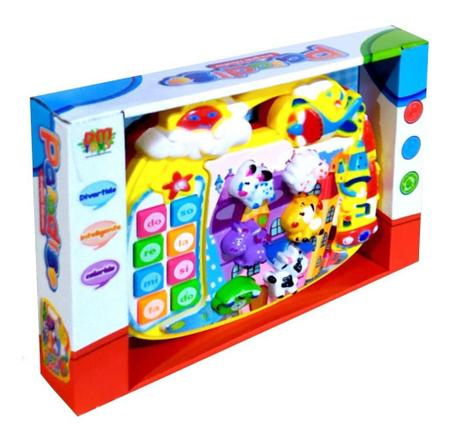 Pianinho Infantil Educativo com Músicas Sons de bichos e Jogo em Português - DM Toys - Piano / Teclado de Brinquedo - Magazine Luiza07 novembro 2024
Pianinho Infantil Educativo com Músicas Sons de bichos e Jogo em Português - DM Toys - Piano / Teclado de Brinquedo - Magazine Luiza07 novembro 2024 -
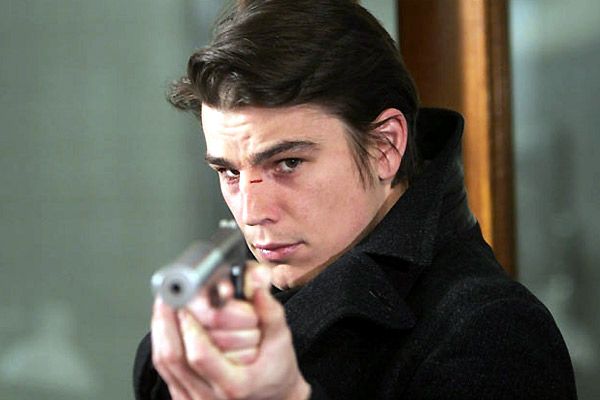 Foto do filme Xeque-Mate - Foto 10 de 37 - AdoroCinema07 novembro 2024
Foto do filme Xeque-Mate - Foto 10 de 37 - AdoroCinema07 novembro 2024 -
SAGE 2022 - Demo - Sonic & Blaze SAGE 2022 Edition07 novembro 2024
-
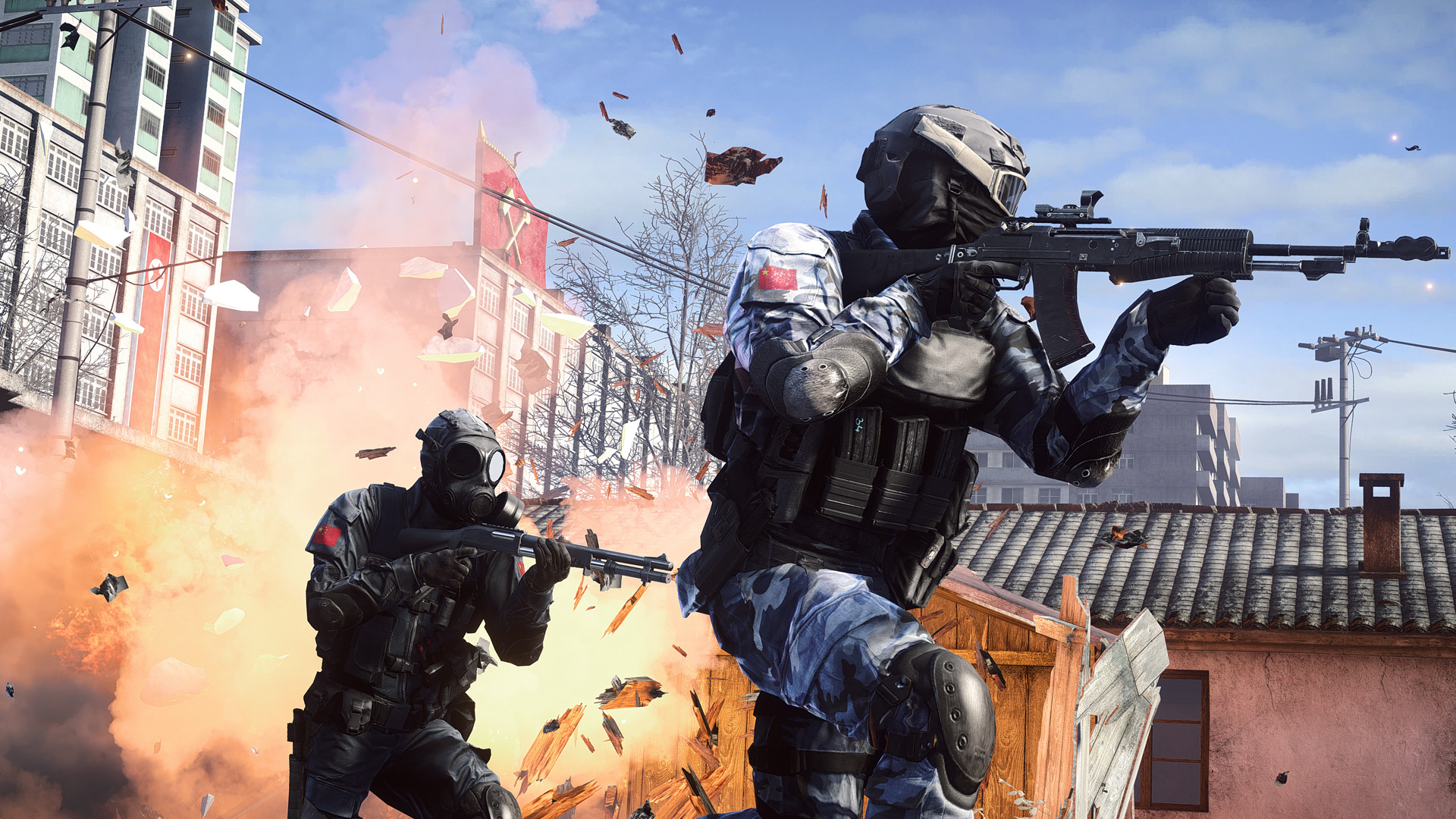 Spring Update Coming May 26 - News - Battlelog / Battlefield 407 novembro 2024
Spring Update Coming May 26 - News - Battlelog / Battlefield 407 novembro 2024 -
Engines of Creation by Eric Drexler: 978038519973507 novembro 2024
-
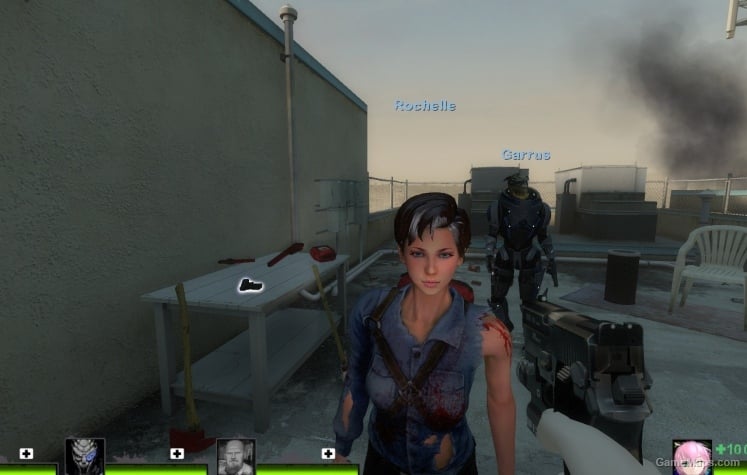 Juliet Evil Dead Outfit (Mod) for Left 4 Dead 207 novembro 2024
Juliet Evil Dead Outfit (Mod) for Left 4 Dead 207 novembro 2024 -
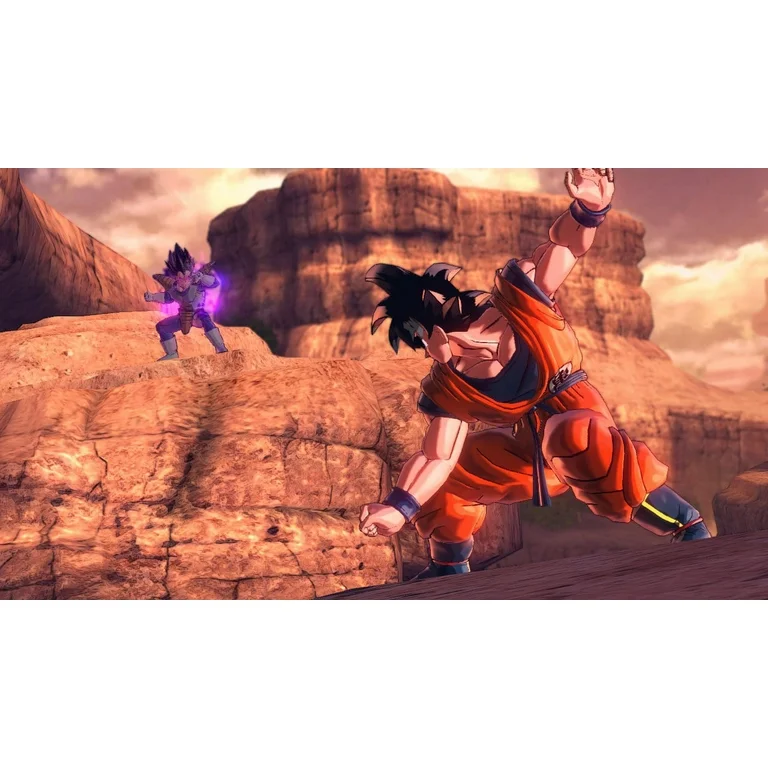 Dragon Ball Xenoverse 2, Bandai/Namco, Nintendo Switch07 novembro 2024
Dragon Ball Xenoverse 2, Bandai/Namco, Nintendo Switch07 novembro 2024 -
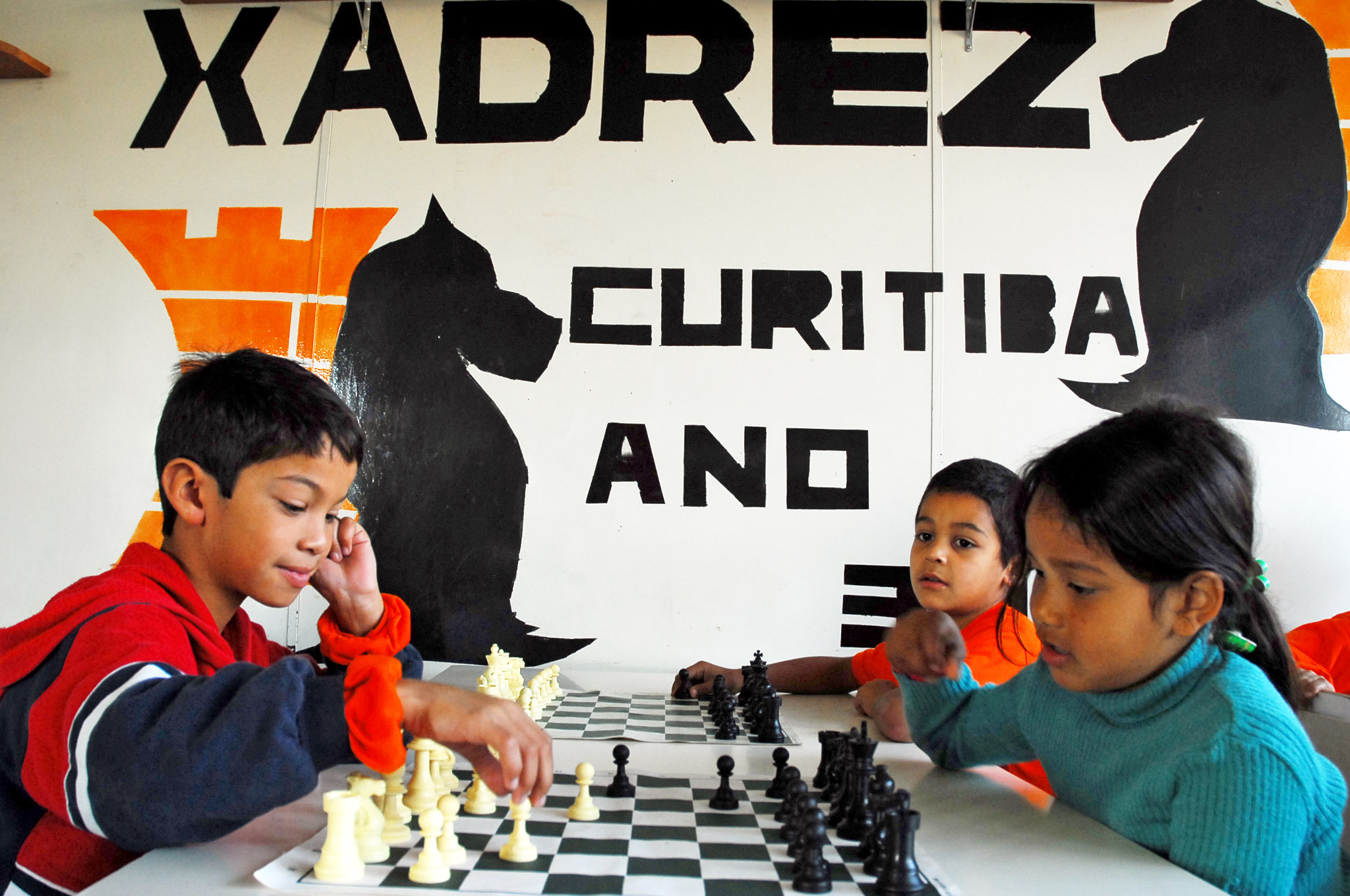 Xadrez desenvolve raciocínio de alunos de escolas municipais - Prefeitura de Curitiba07 novembro 2024
Xadrez desenvolve raciocínio de alunos de escolas municipais - Prefeitura de Curitiba07 novembro 2024

